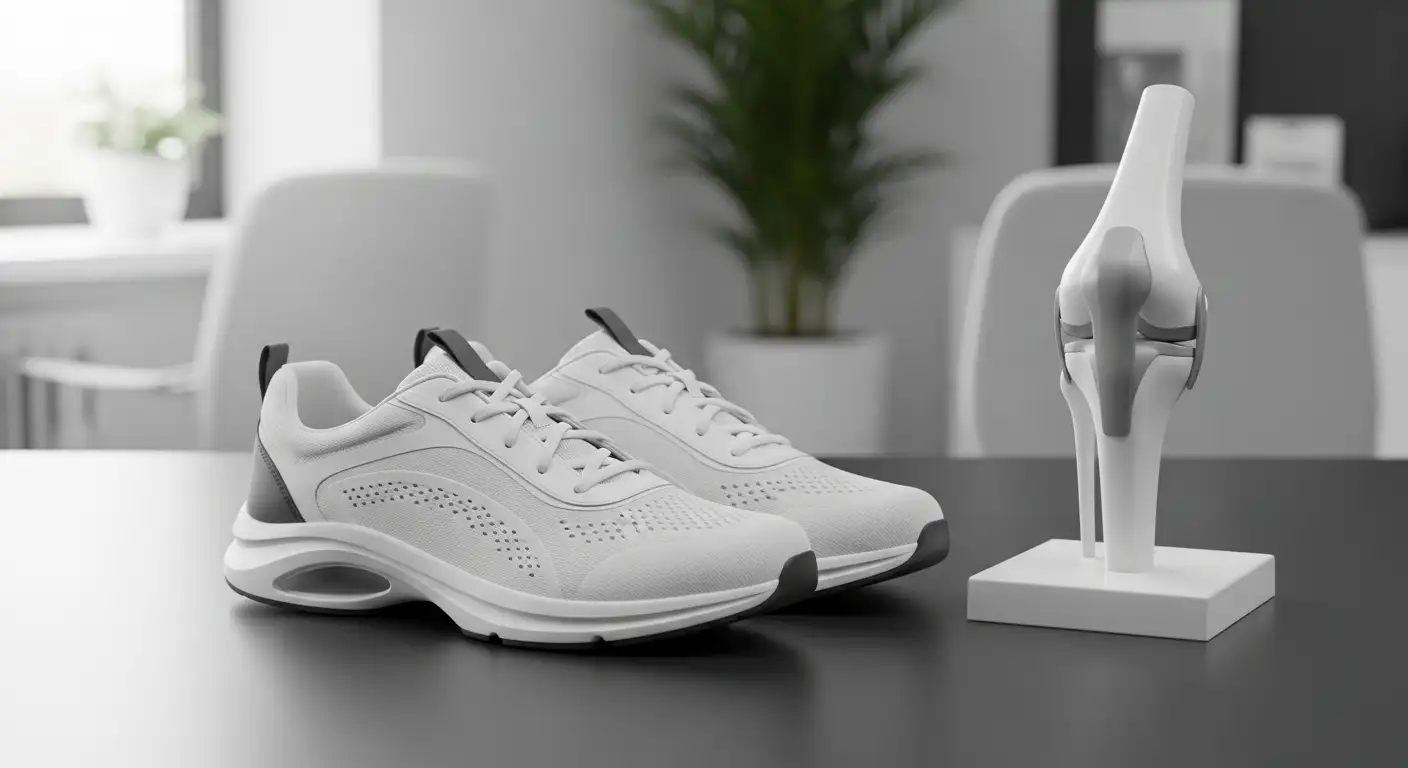Understanding Quadriceps Tendinitis
Quadriceps tendinitis, also known as quad tendonitis, occurs when the quadriceps tendon, which connects the quadriceps muscle in the front of the thigh to the kneecap, becomes irritated or inflamed. This condition often arises from overuse or repetitive stress on the tendon, leading to pain and discomfort, particularly during activities involving the knee.

Causes and Risk Factors
The primary cause of quadriceps tendinitis is overuse, particularly from repetitive movements such as jumping, running, or kneeling. Athletes, especially those participating in sports like volleyball and basketball, are commonly affected. The condition can result from:
CauseDescriptionOveruseRepetitive movements lead to tiny tears in the tendon.Sudden Increase in ActivityA quick escalation in physical activity without adequate preparation can increase risk.Insufficient Warm-UpNot properly warming up or stretching before exercise can lead to injury.Muscle ImbalancesImbalances in lower body muscles may contribute to improper movement patterns.AgeOlder individuals may be more susceptible due to reduced tissue flexibility and strength.
The risk factors associated with quadriceps tendinitis include participation in high-impact sports, transitioning from a sedentary lifestyle to increased activity, and the presence of intrinsic factors like joint laxity and misalignment in the foot and leg [1].
Symptoms and Diagnosis
Individuals experiencing quadriceps tendinitis typically report a dull pain located in the front of the knee just above the kneecap. Symptoms may include:
SymptomDescriptionPainGradual onset of pain that worsens after activities like jumping or squatting.SwellingInflammation in the area around the knee.StiffnessDifficulty in moving the knee joint freely, particularly after periods of inactivity.Pain During ActivitiesThe pain may temporarily subside during physical activity but returns post-exercise.
Diagnosis typically involves a physical examination and a review of the individual's activity history. X-rays may be performed to rule out other injuries. In some cases, imaging studies like MRI may be utilized to assess the extent of tendon damage and surrounding tissues [2].
Managing Quadriceps Tendinitis
Nonsurgical Treatment Approaches
Managing quad tendonitis can often begin with nonsurgical treatment methods. These approaches aim to alleviate pain, reduce inflammation, and promote healing without the need for surgery. The common strategies include:
Here's a summary table of nonsurgical treatment approaches:
Treatment MethodDescriptionRestLimit activities to prevent exacerbation of symptoms.Ice TherapyApply ice to reduce swelling and pain.Physical TherapyPerform targeted exercises to strengthen the quadriceps.NSAIDsUse pain relievers to manage inflammation.Knee BandsWear supportive bands to alleviate strain on the tendon.
Surgical Intervention Considerations
In cases where nonsurgical treatments have proven ineffective, especially in severe instances of quadriceps tendinitis, surgical intervention may be necessary. Surgery is not common but can be beneficial for some individuals. Here are key points regarding surgical considerations:
A detailed consideration of surgical options and rehabilitation can help individuals make informed decisions regarding their treatment. More insights can be found in our article on how to sit with piriformis syndrome and other related knee conditions.
Recovery Process for Quadriceps Tendinitis
Recovering from quadriceps tendinitis involves understanding the duration of the recovery process and engaging in effective rehabilitation strategies.
Duration and Expectations
The recovery timeline for quadriceps tendinitis can significantly vary based on the treatment approach employed. Generally, most individuals respond well to nonsurgical methods, which include rest and physical therapy. If these treatments yield satisfactory results, recovery may take several weeks to a few months.
In cases where surgery is indicated—typically when nonsurgical treatments fail—patients may face a more extended recovery period. Surgical interventions can have a recovery time of approximately 6 to 9 months. Athletes, in particular, may expect to return to competitive activities after about 7 months post-surgical repair [3].
Treatment TypeRecovery TimeNonsurgical TreatmentWeeks to a few monthsSurgical Intervention6 to 9 months
Physical Therapy and Rehabilitation
Physical therapy (PT) plays a crucial role in the recovery of quadriceps tendinitis. It is recommended to develop a customized exercise plan that includes targeted stretches and strengthening exercises. PT can help address any muscle imbalances and factors contributing to the injury, allowing for a more effective rehabilitation process [1].
Common components of a physical therapy program may include:
In some cases, treatments may also incorporate methods to restore proper alignment of the lower extremity. Adhering to a structured rehabilitation plan can help ensure a successful recovery and minimize the risk of re-injury.
For those recovering from surgery, the rehabilitation might be more gradual and will include initial focus on range of motion and pain management, followed by a gradual reintroduction of strengthening exercises. Individuals should work closely with their healthcare provider or physical therapist to monitor progress and make necessary adjustments throughout the recovery journey.
Preventing Quadriceps Tendinitis
Preventing quadriceps tendinitis requires a multifaceted approach that includes understanding risk factors, making lifestyle changes, and maintaining physical health. Employing effective strategies can ensure long-term knee health.
Risk Reduction Strategies
Identifying and mitigating risk factors can greatly reduce the chances of developing quadriceps tendinitis. Some strategies include:
Risk FactorRecommendationInappropriate FootwearUse well-fitting shoes with proper support tailored for the activity performed.Training ErrorsFollow a well-structured training program that gradually increases intensity and volume. Consider consulting a trainer if needed.Weight ManagementMaintain a healthy weight to decrease stress on the knees, especially for higher body mass indices.FlexibilityIncorporate regular stretching and mobility exercises into the routine to improve flexibility and joint range of motion.Alignment IssuesAddress any misalignments in the foot, ankle, and leg through proper assessment and treatment, including physical therapy.
Extrinsic factors like sports environment and equipment also influence the likelihood of injury. Avoiding playing on uneven ground or using unsuitable equipment can assist in prevention.
Lifestyle Changes and Maintenance Steps
In addition to risk reduction strategies, certain lifestyle changes can further support knee health and prevent quadriceps tendinitis. Recommended steps include:
By proactively addressing these considerations, individuals can significantly lower their risk of quadriceps tendinitis, keeping their knees healthy and pain-free.
References
[2]:
[3]:
[4]:





